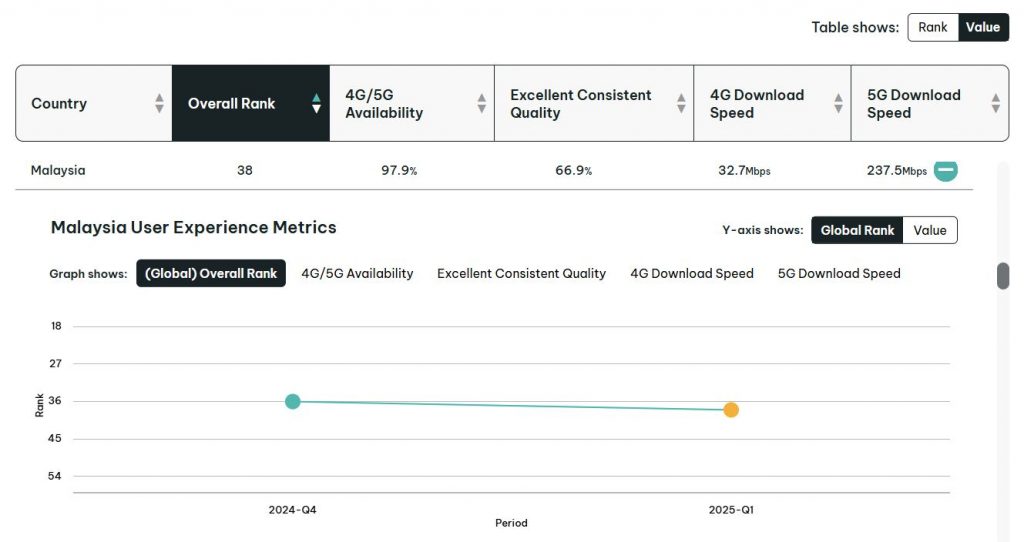Property valuation is a pivotal factor influencing transactions, investments, and financial decisions in the intricate realm of real estate. A nuanced understanding of the diverse methods employed in property valuation is indispensable, whether one is navigating a purchase, sale, refinancing, or investment.
This article delves into the intricacies of these valuation methods, examining their merits, drawbacks, and applications across varied real estate scenarios. But before that, let’s see a quick overview of why property valuations are essential.
Why are Property Valuations Important?
Property valuations are crucial in the real estate industry, and their significance cannot be overstated. Accurate property valuations help buyers make informed decisions about their investment potential. They also assist sellers in setting appropriate prices for their properties, ensuring a fair market value is obtained. Moreover, property valuation enables lenders to determine the amount of financing they can provide against a property.
While it may seem like an abstract concept, a property’s value directly impacts real-world decisions and transactions. Therefore, understanding its importance is crucial for all parties involved in the real estate market. You may also look into insurance valuation services as part of the process.’
Insurance valuation services refer to a detailed assessment process undertaken to determine the replacement cost of a property for insurance purposes. This valuation is usually performed by expert valuators or chartered surveyors who analyse various factors, such as building specifications, construction materials, current market prices, and potential rebuild costs.
The primary purpose of these services is to ascertain that the property is appropriately insured, preventing under-insurance, over-insurance, or disputes in case of an insurance claim. Insurance valuations are typically updated periodically to reflect changes in construction costs and property improvements. Hence, insurance valuation services are critical for maintaining accurate insurance coverage and securing financial protection against potential property damage or loss.
Standard Methods Used in Property Valuation
Several methods are used in property valuation, and each has its own advantages and limitations.
1. Market Comparison Approach (Sales Comparison Approach)
The Market Comparison Approach, also known as the Sales Comparison Approach, involves comparing the subject property to recently sold properties in the exact location with similar characteristics, such as size, condition, age, and amenities. The idea is to estimate the property’s value based on the market’s recent transactions.
Strengths:
- Simplicity: Easily understandable and applicable.
- Market-based: Reflects current market conditions and trends.
- Widely accepted: Preferred for residential property valuation.
Weaknesses:
- Limited data: Challenges in finding comparable properties in certain areas.
- Subjectivity: Requires adjustments based on subjective factors.
- Sensitivity to market changes: Inaccuracy during rapid market shifts.
2. Cost Approach
The Cost Approach involves estimating the property’s value by determining the cost to replace it with a similar one minus depreciation. This method is often used for valuing properties with unique features or when no recent comparable sales are available.
Strengths:
- Useful for unique properties: Ideal for assessing properties with distinctive features.
- Baseline for new construction: Provides a foundation for determining the value of new builds.
- Less reliant on market trends: Offers independence from market fluctuations.
Weaknesses:
- Inadequate for older properties: Unsuitable for properties with significant depreciation.
- Neglects income potential: Ignores the property’s income-generating capacity.
- Dependency on accurate data: Requires precise data on construction and depreciation costs.
3. Income Approach (Capitalisation Approach)
The Income Approach, or the Capitalisation Approach, is commonly used for commercial real estate and income-generating properties. It determines the property’s value by analysing its income potential, typically through methods like the Gross Rent Multiplier (GRM) or the Capitalisation Rate (Cap Rate).
Strengths:
- Ideal for income-generating properties: Suited for commercial real estate and rental properties.
- Focus on income potential: Highlights a significant driver for investors.
- Considers time value of money: Accounts for the present value of future income.
Weaknesses:
- Data dependency: Relies on accurate income and expense data.
- Sensitivity to rental market: Prone to fluctuations in rental market conditions.
- Limited applicability: Not suitable for non-income-producing properties.
4. Residual Valuation
Residual Valuation is primarily used in property development projects. It calculates a property’s value by deducting the development costs, including construction, from the anticipated sales revenue. This method helps developers determine whether a project is financially viable.
Strengths:
- Property development assessment: Useful for evaluating the feasibility of property development.
- Incorporates future income: Provides insight into potential profits.
- Risk analysis: Offers a comprehensive understanding of risk.
Weaknesses:
- Data sensitivity: Reliant on accurate cost and revenue projections.
- Market changes during development: Susceptible to market fluctuations during the development process.
- Complexity: Involves intricate calculations and extensive data analysis.
5. Replacement Cost Method
The Replacement Cost Method is a subset of the Cost Approach. Still, it focuses on determining the cost to replace a property with an equivalent one at today’s prices without considering depreciation. Insurance companies often use this method to determine the cost of replacing a property in case of damage or loss.
Strengths:
- Basis for insurance valuation: Provides a foundation for insurance purposes.
- Reflects current construction costs: Accounts for inflation and current construction expenses.
- Accuracy in rebuilding costs: Offers precision in estimating the cost of rebuilding.
Weaknesses:
- Ignores depreciation: Neglects the impact of depreciation on the property’s value.
- Excludes market conditions: Not applicable for estimating market value for sale or purchase.
- Limited use outside insurance: Primarily suited for insurance valuation.
6. Hedonic Pricing Method
The Hedonic Pricing Method is a sophisticated approach that analyses various property characteristics to determine their contribution to the property’s overall value. It considers location, size, number of rooms, and amenities to estimate a property’s value.
Strengths:
- In-depth property analysis: Offers detailed insights into the impact of various property features on value.
- Suitable for unique properties: Ideal for assessing luxury and unique properties.
- Market trend analysis: This can be used to study market trends and consumer preferences.
Weaknesses:
- Data-intensive: Requires extensive data on property attributes and market transactions.
- Complexity: Involves intricate calculations and statistical methods.
- Variable outcomes: Results may vary based on chosen variables and statistical approaches.
7. Investment Valuation Method
The Investment Valuation Method is commonly used for valuing income-generating properties. It focuses on the property’s ability to generate returns for investors and considers elements like cash flow, capitalisation rate, and discount rate.
Strengths:
- Investor-focused: Ideal for investors assessing real estate in their investment portfolios.
- Risk analysis: Focuses on income potential and risk assessment.
- Long-term value insights: Provides a perspective on long-term investment value.
Weaknesses:
- Market sensitivity: Susceptible to market conditions and rental income fluctuations.
- Financial analysis demands: Requires thorough financial analysis.
- Limited applicability: Not suitable for valuing non-income-producing properties.
Property valuation, an intricate process in the real estate landscape, demands a nuanced approach. The choice of valuation method hinges on the property type, purpose, and data availability. As the real estate market evolves, staying informed about these diverse property valuation methods becomes paramount, ensuring informed decisions and accurate assessments in a dynamic and ever-changing industry.If you want to know your case’s best property valuation method, simply call Australian Valuations. They will provide expert advice on the most suitable approach for you.







